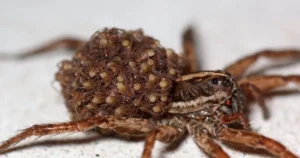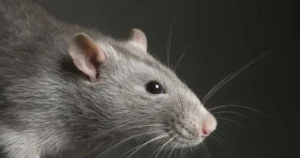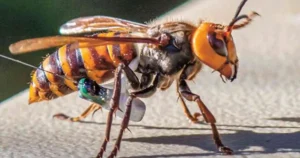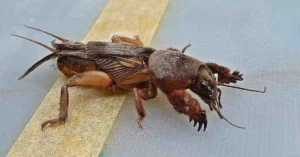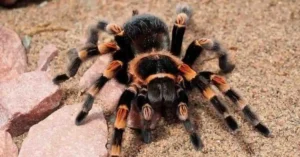Cockroach infestations are one of the most frustrating challenges for homeowners. These pests not only spread diseases but also trigger allergies and contaminate food. Among the many solutions available, boric acid stands out as a reliable and effective method to combat cockroach problems. This article explores the science, benefits, and practical application of boric acid in pest control while addressing common questions about its use.
What Is Boric Acid?
Boric acid is a naturally occurring compound derived from the mineral boron. It is commonly used in various industries, including cleaning, preservation, and pest control.
In pest control, boric acid acts as a stomach poison. When cockroaches come into contact with it, the powder adheres to their legs and antennae. As they groom themselves, they ingest the substance, which disrupts their internal systems. Over time, this leads to dehydration, organ failure, and eventually death.
How Does Boric Acid Kill Cockroaches?
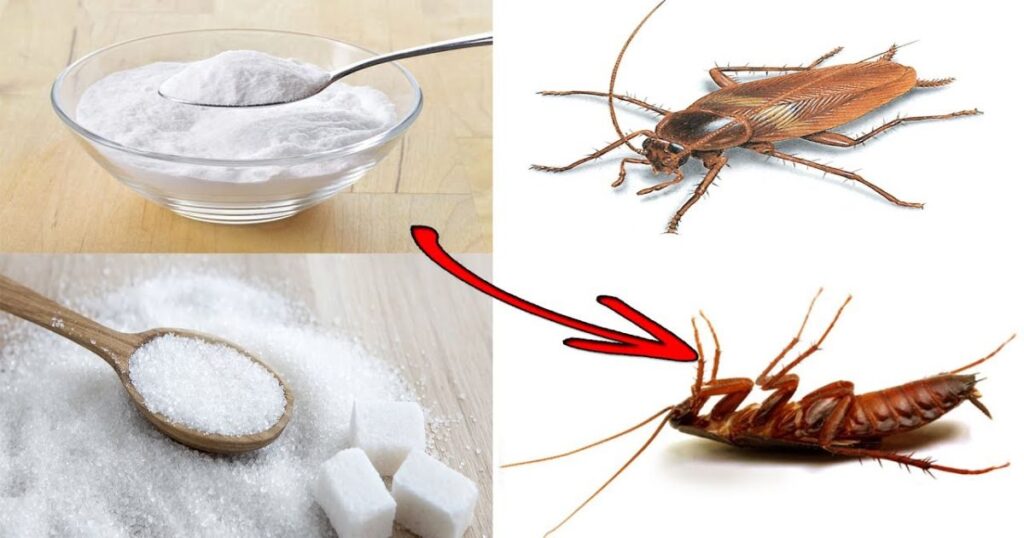
The process is simple yet effective. Boric acid targets the digestive and nervous systems of cockroaches. When ingested, it causes:
- Disruption of Metabolism: Boric acid interferes with the roachs ability to process food, starving it from within.
- Damage to Exoskeleton: The substance absorbs oils and waxes from their outer shell, leading to dehydration.
- Neurological Effects: It impacts the insects motor functions, reducing its ability to escape or reproduce.
The gradual action of boric acid ensures that affected roaches carry traces of the substance back to their nests, exposing others in the colony.
Benefits of Using Boric Acid for Roach Control
Boric acid remains a popular choice for pest control due to its unique advantages.
Affordable and Accessible
Boric acid is inexpensive and widely available. It can be purchased at grocery stores, pharmacies, or online. Compared to professional extermination services, it offers significant cost savings.
Environmentally Friendly
Unlike harsh chemical pesticides, boric acid has minimal environmental impact. When used as directed, it poses little risk to plants, soil, or water sources.
Low Risk of Resistance
Cockroaches are known for developing resistance to chemical insecticides over time. However, boric acid’s unique mode of action ensures that it remains effective even after prolonged use.
Multi-Purpose
In addition to killing cockroaches, boric acid can be used to control other pests such as ants, silverfish, and termites.
How to Use Boric Acid for Maximum Effectiveness
Proper application is essential to achieve the best results with boric acid. Follow these steps for optimal pest control:
1. Identify Infested Areas
Cockroaches prefer dark, damp spaces such as under sinks, behind appliances, and inside cabinets. Observe their movement to pinpoint key hiding spots.
2. Apply a Thin Layer
Sprinkle a fine layer of boric acid in target areas. Avoid overapplication, as thick piles can deter cockroaches instead of attracting them. Focus on cracks, crevices, and along baseboards.
3. Maintain a Clean Environment
Cockroaches are attracted to food crumbs and spills. Regularly clean your home to reduce alternative food sources and increase the effectiveness of boric acid.
4. Reapply as Needed
Vacuum and reapply boric acid every few weeks to maintain its potency. Replace the substance in humid areas where it may clump or lose effectiveness.
Common Mistakes to Avoid
While boric acid is straightforward to use, certain mistakes can reduce its effectiveness:
- Overusing the Product: A heavy application can make it less appealing to cockroaches.
- Placing It in Exposed Areas: Keep boric acid away from children, pets, and food preparation zones.
- Skipping Regular Cleaning: A dirty environment provides cockroaches with alternative food sources, diminishing the impact of boric acid.
Limitations of Boric Acid

Despite its effectiveness, boric acid is not a one-size-fits-all solution. Understanding its limitations is crucial for realistic expectations.
Ineffectiveness in Humid Conditions
Boric acid loses its potency when exposed to moisture. In damp environments, it may clump together and become less effective.
Slow Action
Unlike sprays or traps that kill on contact, boric acid works gradually. It may take several days to weeks to see significant results.
Not Ideal for Large Infestations
For extensive infestations, boric acid alone may not suffice. In such cases, combining it with other pest control methods or seeking professional help is recommended.
Boric Acid vs. Other Pest Control Methods
When choosing a pest control strategy, it is essential to compare boric acid with alternative options.
Chemical Insecticides
- Advantages: Quick knockdown effect and broad-spectrum application.
- Disadvantages: Harmful to the environment and prone to resistance development.
Gel Baits
- Advantages: Effective for large infestations and can target entire colonies.
- Disadvantages: Expensive and requires careful placement.
Natural Remedies
- Examples: Essential oils, diatomaceous earth, and baking soda.
- Effectiveness: Often less reliable than boric acid, particularly for severe infestations.
Professional Extermination Services
- Advantages: Comprehensive and guaranteed results.
- Disadvantages: Expensive and may involve the use of harsh chemicals.
Safety Considerations
Boric acid is generally safe when used as directed. However, certain precautions are necessary to protect your family and pets:
- Store Safely: Keep boric acid in sealed containers out of reach of children and animals.
- Wear Protective Gear: Use gloves and a mask when applying boric acid to avoid skin or respiratory irritation.
- Clean Application Areas: Wipe down application zones once the infestation is under control.
When to Seek Professional Help
While boric acid is effective for mild to moderate infestations, professional intervention may be necessary in the following scenarios:
- Severe Infestations: When roaches have spread throughout your home.
- Recurring Problems: If boric acid and other DIY methods fail to provide lasting results.
- Safety Concerns: For homes with young children, pets, or individuals with respiratory issues, professional pest control ensures safer and more targeted solutions.
Tips for Preventing Cockroach Infestations
Prevention is the best way to avoid the hassle of dealing with cockroach infestations. Follow these tips to keep your home pest-free:
- Seal Entry Points: Close cracks, gaps, and holes in walls, windows, and doors.
- Eliminate Food Sources: Store food in airtight containers and clean up spills immediately.
- Fix Leaks: Repair plumbing issues to reduce moisture levels in your home.
- Declutter: Minimize clutter where cockroaches can hide, such as cardboard boxes and unused papers.
Conclusion
Boric acid is a powerful and affordable tool for controlling cockroach infestations. Its slow-acting yet effective mechanism makes it a preferred choice for many homeowners. However, understanding its limitations and using it responsibly is essential for success. For persistent or severe infestations, combining boric acid with professional pest control services offers the best results.
By maintaining cleanliness and following preventive measures, you can create an environment that deters cockroaches and other pests.
FAQs
How long does boric acid take to kill cockroaches?
Boric acid typically kills cockroaches within 24 to 72 hours after ingestion. The exact time depends on the level of exposure and the size of the infestation.
Is boric acid safe for pets and children?
When used responsibly, boric acid is generally safe. Ensure it is applied in inaccessible areas and stored securely to prevent accidental ingestion.
Can I use boric acid outdoors?
Yes, boric acid can be used outdoors. However, it may lose effectiveness in humid or wet conditions. Apply it in dry, sheltered areas for the best results.
What are the signs of a cockroach infestation?
Common signs include droppings, egg casings, a musty odor, and sightings of live or dead cockroaches, especially at night.

James William is a passionate animal lover and expert in the Animals and Pets niche. With years of experience in pet care, wildlife studies, and blogging, James shares practical tips, heartwarming stories, and expert advice to help pet owners build stronger bonds with their furry, feathered, and scaly companions.


